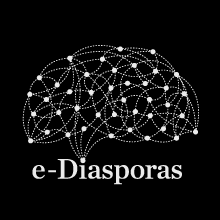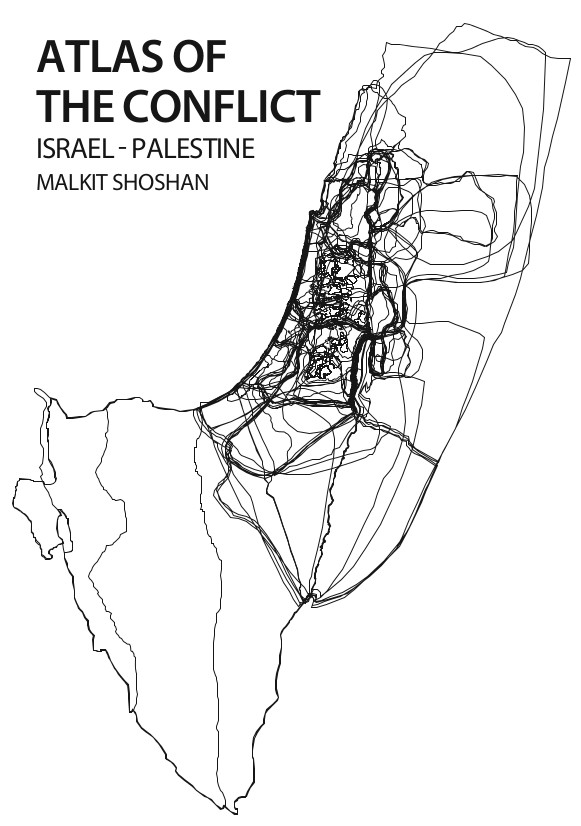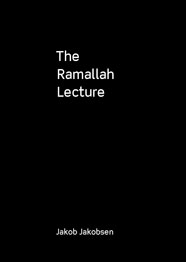Dana Diminescu (ed.): Social Science Information journal, Special issue: Diasporas on the Web (2012)
Filed under journal | Tags: · colonialism, diaspora, egypt, france, india, internet, lebanon, macedonia, nepal, palestine, tamil, tunisia, virtual communities, web, yugoslavia

“One of the major changes affecting diasporas the world over since the 1980s has been the increasing number of communities scattered throughout physical space, along with new forms of presence, regrouping, interaction and mobilization within digital territories.
This change calls for a renewal in epistemological approaches. The topics under study, as well as the conceptual and methodological tools used to analyse them, need to be reconsidered in the face of this evolution of diasporas. The articles published in this issue of SSI1 bear witness to such an effort: researchers and engineers involved in the e-Diasporas Atlas project have sought to find the most appropriate concepts, tools and methods to explore the Web of diasporas, based on a number of case studies. This work represents a vast new area of investigation, which is still under way.
In this introduction, we examine the different conceptual tools used during the research, analyse their relevance for the different diasporic communities on the Web and present the methodological chain developed within the e-Diasporas Atlas project as well as the most important findings.” (from the Introduction)
With contributions by Dana Diminescu, Anat Ben-David, Yann Scioldo-Zürcher, Houda Asal, Marta Severo and Eleonora Zuolo, Teresa Graziano, Ingrid Therwath, Priya Kumar, Tristan Bruslé, Kristina Balalovska, Francesco Mazzucchelli
Social Science Information, December 2012; 51 (4)
Publisher: SAGE, on behalf of Maison des Sciences de l’Homme, Paris
ISSN 0539-0184
245 pages
via ach
e-Diasporas Atlas project page (includes working papers and interactive graph)
Comment (0)Malkit Shoshan: Atlas Of The Conflict, Israel-Palestine (2010/2012)
Filed under book | Tags: · architecture, history, israel, palestine, politics, urban planning, war

The Atlas of the Conflict maps the processes and mechanisms behind the shaping of Israel-Palestine over the past 100 years. Over 500 maps and diagrams provide a detailed territorial analysis of the Israeli-Palestinian conflict, explored through themes such as borders, settlements, land ownership, archaeological and cultural heritage sites, control of natural resources, landscaping, wars and treaties. A lexicon, drawing on many different information sources, provides a commentary on the conflict from various perspectives. As a whole, the book offers insights not only into the specific situation of Israel-Palestine, but also into the phenomenon of spatial planning used as a political instrument.
In the early 20th century, waves of Jewish immigrants swept across the country of Palestine, seeking to impress onto it a new nation. It took over 50 years of local and international transitions to redeem the land; dressing it with uniformity, a new identity, a new landscape, a new people and a new culture while ignoring an existing landscape, an existing people, an existing culture and an existing nation.
In 1948 one nation celebrated its formal recognition by the international community and the other grieved amidst its ruins. This atlas of the Israeli-Palestinian conflict maps the processes and mechanisms behind the modification of the country during the past 100 years, both on a policy level and in its implementations on the ground. With over 500 maps and diagrams this is an indispensable reference book on the conflict. There are lessons to be learnt from the atlas on a broader front, from the withdrawal of the colonial powers in the early 20th century to the forced division of the Middle East and the ongoing wars and disputes over territory and resources.
Maps, plans and diagrams give a neutral, apolitical overview of the protracted conflict in Israel and Palestine.
The book won the Leipzig Art Book Fair’s Golden Letter award for “most beautiful book in the world.” Malkit Shoshan is an Amsterdam-based Israeli architect and founder/director of FAST (Foundation for Achieving Seamless Territory).
Originally published by 010 Publishers, Rotterdam, 2010
Publisher Publication Studio, Portland, OR, 2012
Jank Edition series
ISBN 9789064506888
478 pages
review (Yousef Munayyer, Palestine Center)
review (Esther Zandberg, Haaretz)
review (Régine Debatty, we-make-money-not-art.com)
more reviews
PDF (low resolution, 82 MB)
PDF (high resolution, 389 MB)
Jakob Jakobsen: The Ramallah Lecture (2010)
Filed under book | Tags: · activism, art, palestine, politics, war

This book is based on a blog written by the visual artist and political activist Jakob Jakobsen during a six-week stay in Ramallah and the West Bank.
“In the summer of 2008 I visited Palestine. ArtSchool Palestine had invited me over for the purpose of meeting and working with local artists and other people in the occupied territories. As the theme of my visit was relatively open, my Palestinian host explained that my stay here could be understood as a type of artistic research. That suited me fine as I had worked with activist investigations and artistic research in The Copenhagen Free University for almost six years.
I’ve followed the situation in Palestine for many years and the Palestinian cause has persistently challenged my political sense of justice. Since September 11th 2001 the conflict has been spun more and more into the War against Terror and life for the Palestinians appears to have become even more troublesome. But what do you really know as an outsider and a media consumer in the West? In terms of the struggles over territory that go on in and around this small piece of land some call Palestine, what actually shapes the scenery that is produced in the public sphere? My stay in Palestine was an opportunity to get closer to the everyday conditions in the occupied territories, although I was constantly asking myself about my own role as an artist and a political person in this situation of conflict” (from the Introduction)
Publisher Nebula, Copenhagen; in association with ArtSchool Palestine, Ramallah, 2010
ISBN 978-87-993651-3-5
194 pages

